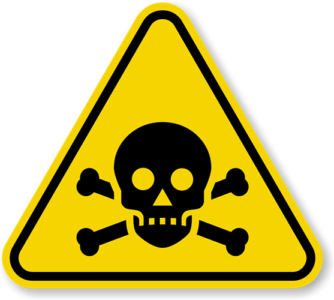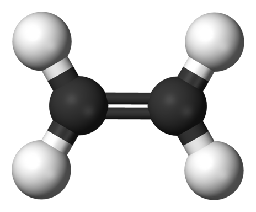Ethylene (C2H4) is a colourless gas which is highly flammable with a Lower Explosive Limit of 2.7% in air. Studies have indicated a low toxicity of ethylene and no risk to human health has been identified. It is naturally occurring, but it can also occur as a result of combustion and is manufactured by industrial processes from Methane and petroleum. It has a slight ‘musky, sweet’ odour. Some fruit will produce C2H4 as ripening begins. Apples and pears are examples of fruit that produce ethylene with ripening. It is responsible for the changes in texture, softening, colour, and other processes involved in ripening.
Where is Ethylene (C2H4) Used?
C2H4 is widely used in the chemical industry. Polyethylenes of various density and melt flow account for more than 50% of world Ethylene demand. The primary use of polyethylene is in:
- film applications for packaging, carrier bags and trash liners.
- injection moulding
- pipe extrusion
- wire, cable sheathing and insulation,
- extrusion coating of paper and cardboard.
C2H4 is the starting material for the preparation of a number of two-carbon compounds including Ethanol, Ethylene Oxide or converted Ethylene Glycol for antifreeze and Polyester fibres and films and Vinyl Chloride (converted to PVC). In addition to these compounds, ethylene and Benzene combine to form ethylbenzene, which is dehydrogenated to Styrene for use in the production of plastics and synthetic rubbers.









